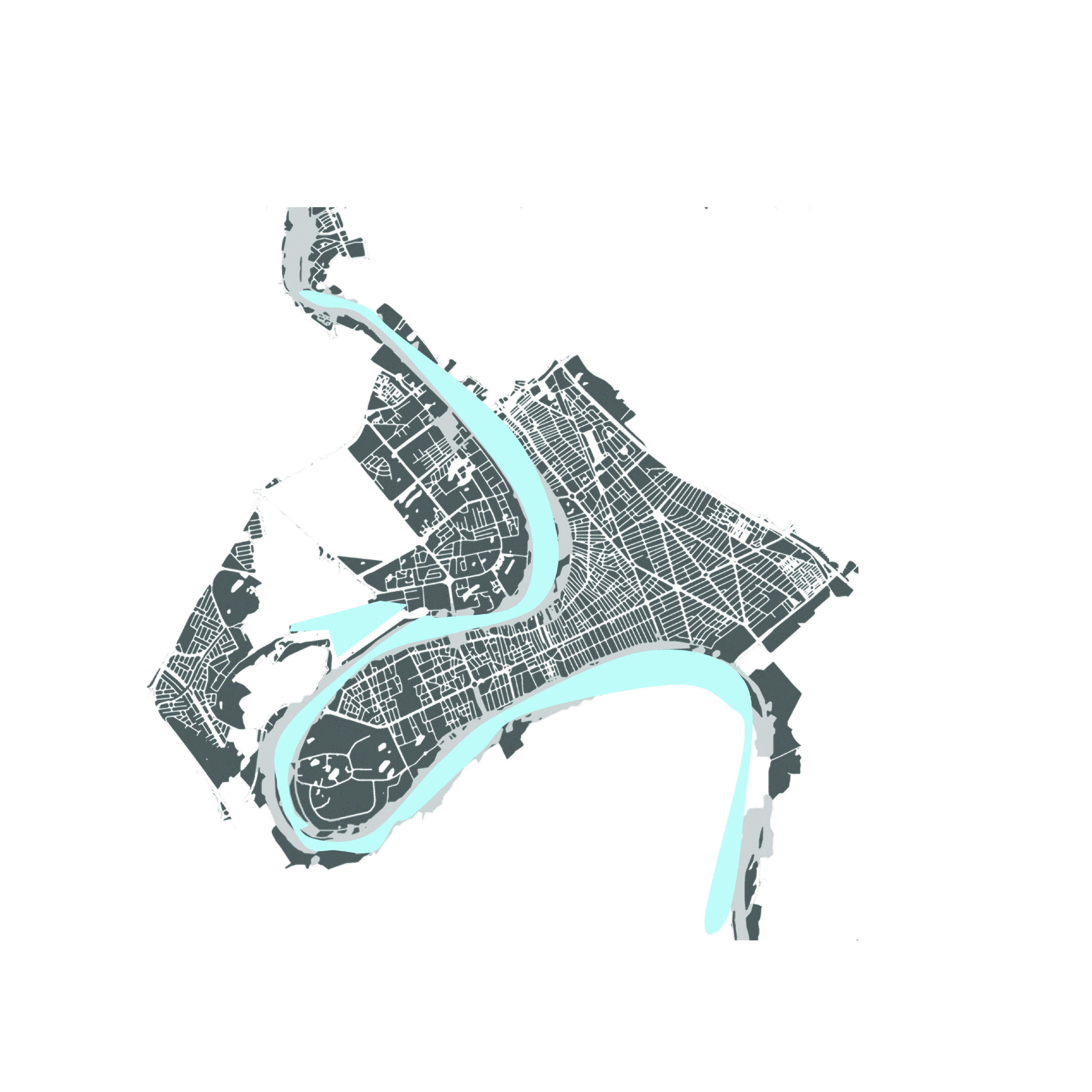Physical barriers in cities have become a global issue, particularly in the Middle East, where they often exacerbate societal conflicts. This research focuses on the capital city of Baghdad, exploring the patterns and consequences of such barriers. The study examines how these divisions, especially the "Security Walls" erected after the 2003 war, contributed to societal segregation, negatively affecting the city's urban context. By analyzing mapping data, conducting surveys, and reviewing literature, the research aims to identify the psychological, social, and environmental impact these barriers have had on Baghdad's residents.
The study seeks to demonstrate that architecture can play a crucial role in addressing this issue, offering solutions to connect rather than divide communities. By proposing an urban bridge over the Tigris River waterfront, the research challenges the existing physical barriers, aiming to dismantle both the tangible and intangible divisions within the city. This architectural intervention is presented as a means to foster social cohesion, promoting a healthier urban environment for Baghdad's citizens by overcoming physical and psychological segregation.




